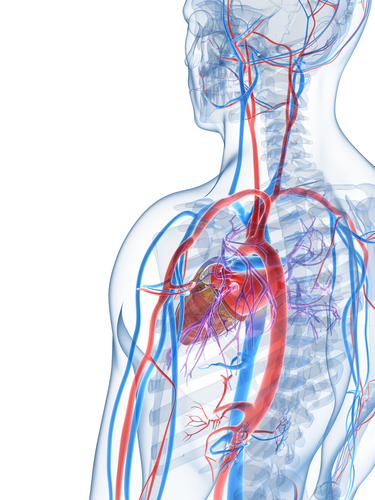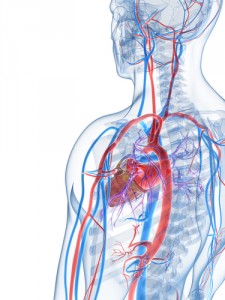Left Ventricle Function Before and After CTEPH-Associated Surgery Assessed In New Study

 A team of researchers has published their results assessing left atrial volume in chronic thromboembolic pulmonary hypertension (CTEPH) patients before and after pulmonary thromboendarterectomy (PTE), a surgical procedure that removes organized, clotted blood from the pulmonary arteries.
A team of researchers has published their results assessing left atrial volume in chronic thromboembolic pulmonary hypertension (CTEPH) patients before and after pulmonary thromboendarterectomy (PTE), a surgical procedure that removes organized, clotted blood from the pulmonary arteries.
When the body cannot reabsorb a pulmonary embolism (PE), clots that clog the arteries in the lungs causing resistance in the blood flow through the lung, CTEPH, a relatively rare disease, can be triggered. However, almost half of all patients with CTPEH do not have a history of PE, or don’t know they have PE, making this disease overlooked or unsuspected.
The World Council on Pulmonary Embolism reported that approximately 2 to 4% of people with PE develop CTEPH. Only about 5,000 people in the United States are diagnosed with CTEPH each year.
[adrotate group=”4″]
CTEPH patients commonly present impaired left ventricular diastolic filling, the period of time when the heart refills will blood, and studies suggest that this abnormal cardiovascular behavior is resultant of a compromised left ventricular underfilling, which means that the peak blood flow velocity of the early passive mitral filling wave is smaller than that of the atrial contraction-induced late active filling wave.
To further investigate this hypothesis, the team assessed left atrial volume index (LAVI) in 48 consecutive CTEPH patients who had pre (6 days) and post (10 days) PTE echocardiograms alongside right heart characterizations.
They observed that pre-PTE LAVI significantly correlated with pre-PTE pulmonary vascular resistance (PVR), mean pulmonary artery pressure (mPAP) and cardiac index. However, after PTE surgery, LAVI increased by 18%, again followed by a change in PVR, cardiac index and mitral E/A ratio, a marker of the heart’s left ventricle function.
The authors conclude that the rapid increase in LAVI may indicate that left ventricular diastolic impairment and low E/A pre-PTE are a consequence of left heart underfilling rather than inherent left ventricular diastolic dysfunction.
[adrotate group=”3″]
These results can improve the efficacy of treatment approach in CTEPH patients, a particularly relevant subject since, to date, only experimental drugs are used to treat this disease, such as prostanoids, endothelia receptor antagonists or phosphodiesterase-5 inhibitors. There has been only one randomized controlled clinical trial developed to study the efficacy of these drugs, failing to demonstrate their potential benefits in CTEPH patients.
This study entitled “Assessment of left atrial volume before and after pulmonary thromboendarterectomy in chronic thromboembolic pulmonary hypertension” was published in this week’s issue of the Cardiovascular Ultrasound journal.







